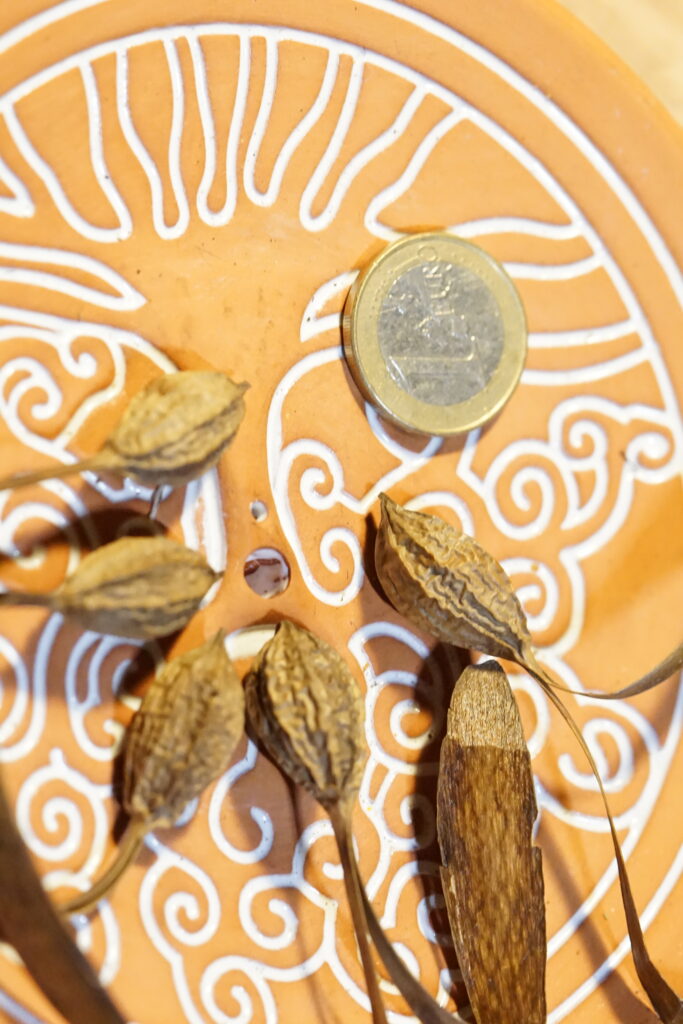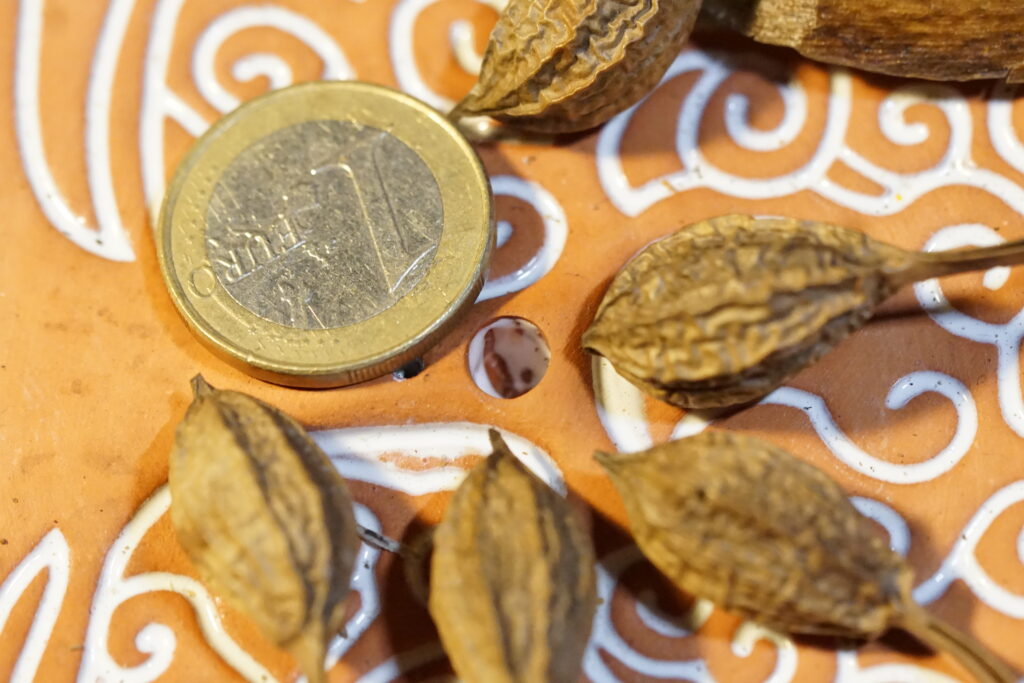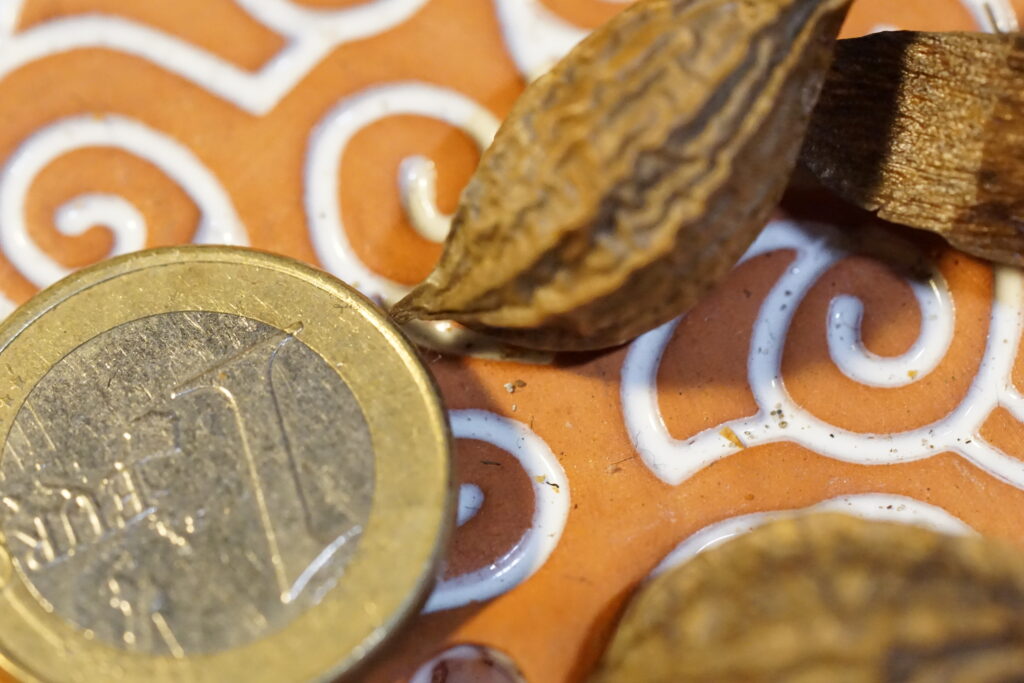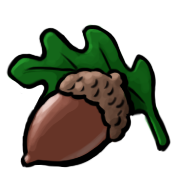26.11.: Climate trees: Obtaining first-class seeds
Climate trees: first-class seeds for sale
Many interesting climarobust species have been supplied. For example Ostrya carpinifolia, the European hop hornbeam. It thrives in large parts of the Mediterranean region, from Provence to Greece. The almond tree (Prunus dulcis) is of course also interesting and a real eye-catcher. Who doesn’t dream of it? To have a beautifully flowering almond tree in your garden (as a potted plant) in spring. Mediterranean flair in your own home. Or the olive (Olea europaea), which is usually found in Italy, Spain or Greece. The climate is changing rapidly. Of course, global warming is not good at all, but for the flora it means that many “climate trees” are now also migrating to Central Europe. And they are still guaranteed hot and dry summers.
Of course, there can still be freezing cold winters, so always bear the “hardiness zone” in mind when growing plants. Many species from hot regions are therefore better grown in pots that can be brought indoors in January, for example, if necessary. Something like this can look wonderful: A large terracotta pot and an almond tree, a caper bush or a chestnut tree in it. It creates the flair of a vacation in Tuscany, Sicily or southern Spain. And of course you are contributing to diversity.
Growing plants “from seed” is a great pleasure, and then there are the climatic trees 🙂 You look after the little seedlings, are happy when they get bigger, at some point they form the first buds, create the first shade growth…Wonderful.
Here is a brief overview
E.G. we now have: Pistachio tree (Pistacia vera)
Feijoa sellowiana (Brazilian guava)
Calycanthus floridus (true spice bush)
Cupressus arizonica (Arizonacypress)
Acacia dealbata (silver acacia)
Myrtus communis (myrtle)
Capparis spinosa (caper bush)
“Wild olive” (Olea europaea var oleaster)
Red horse chestnut (Aesculus carnea)
Black walnut (Juglans nigra)
Take a look at the store: https://quercus.guru/produkt-kategorie/andere-baeume-ausser-eicheln/
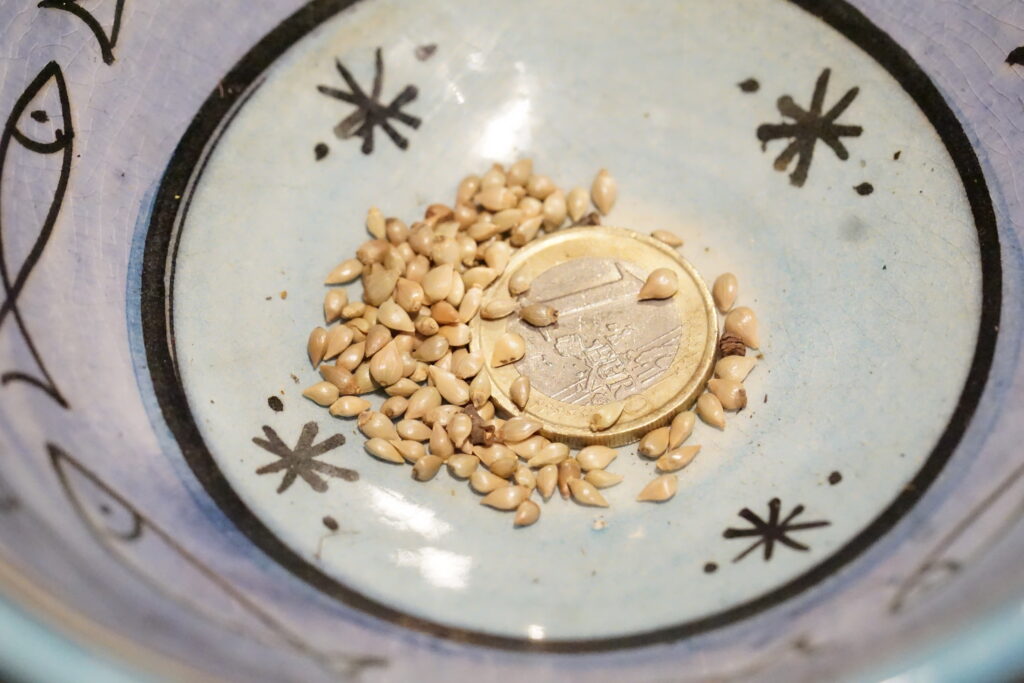
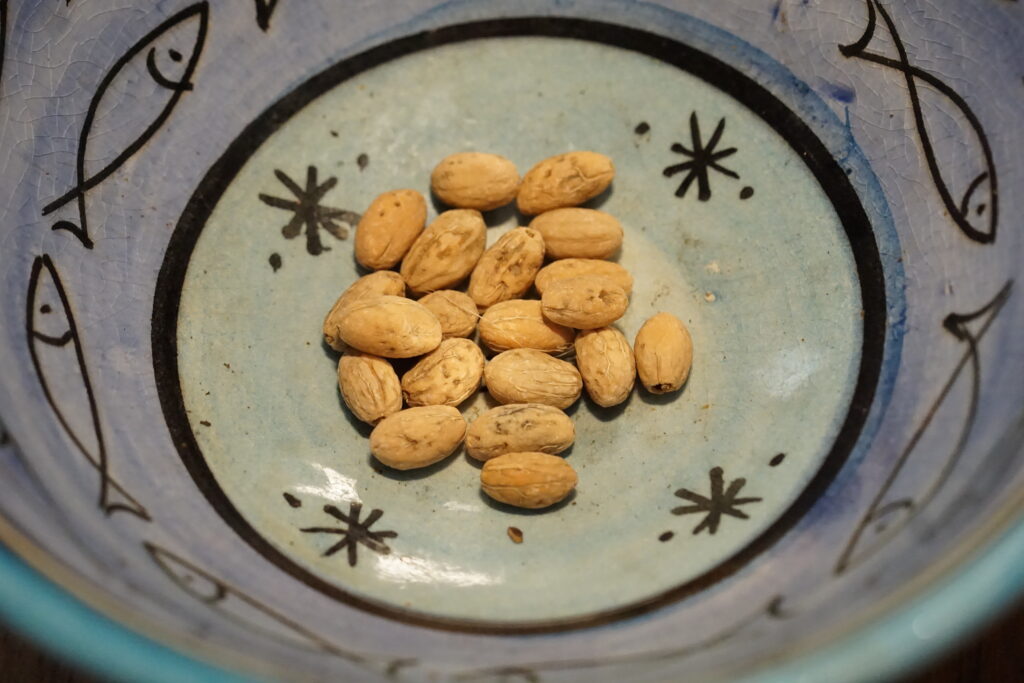
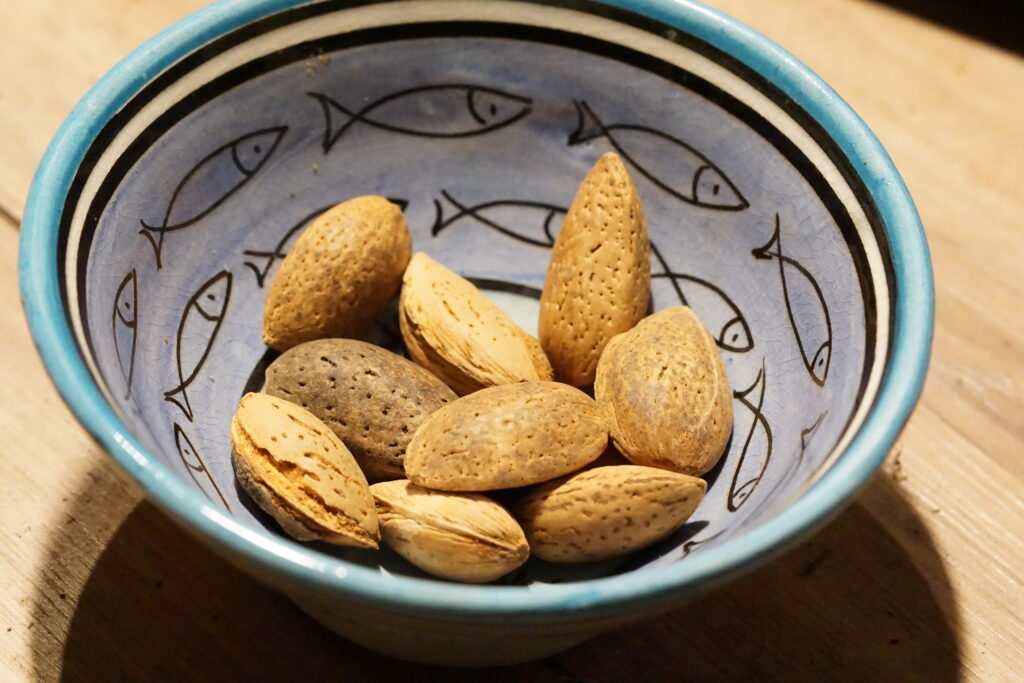
Philenoptera violacea (rain tree)
Philenoptera violacea (rain tree): The name is derived from the drops of water that fall from the tree and collect in pools on the tree even in dry weather.
This species is found in South Africa, as well as in Tanzania, Zambia, Namibia and Zimbabwe.
The tree grows to a height of around 15 meters.
More info: https://en.wikipedia.org/wiki/Philenoptera_violacea
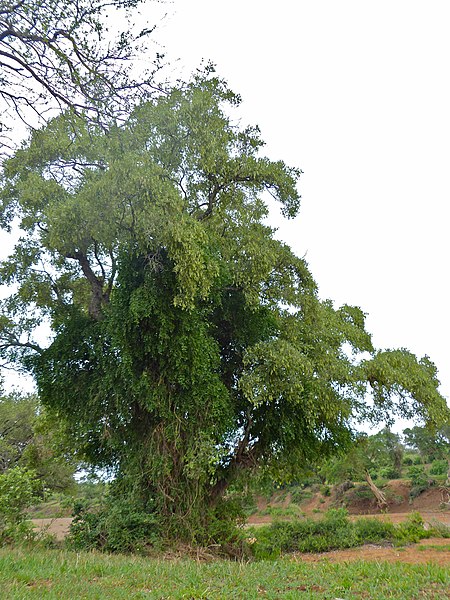
Philenoptera violacea (rain tree)
Source: https://commons.wikimedia.org/wiki/File:Apple-leaf_(Philenoptera_violacea)_(11711998106).jpg
By Bernard Dupont – https://www.flickr.com/people/65695019@N07, This file is licensed under the Creative Commons Attribution-Share Alike 2.0 Generic license.

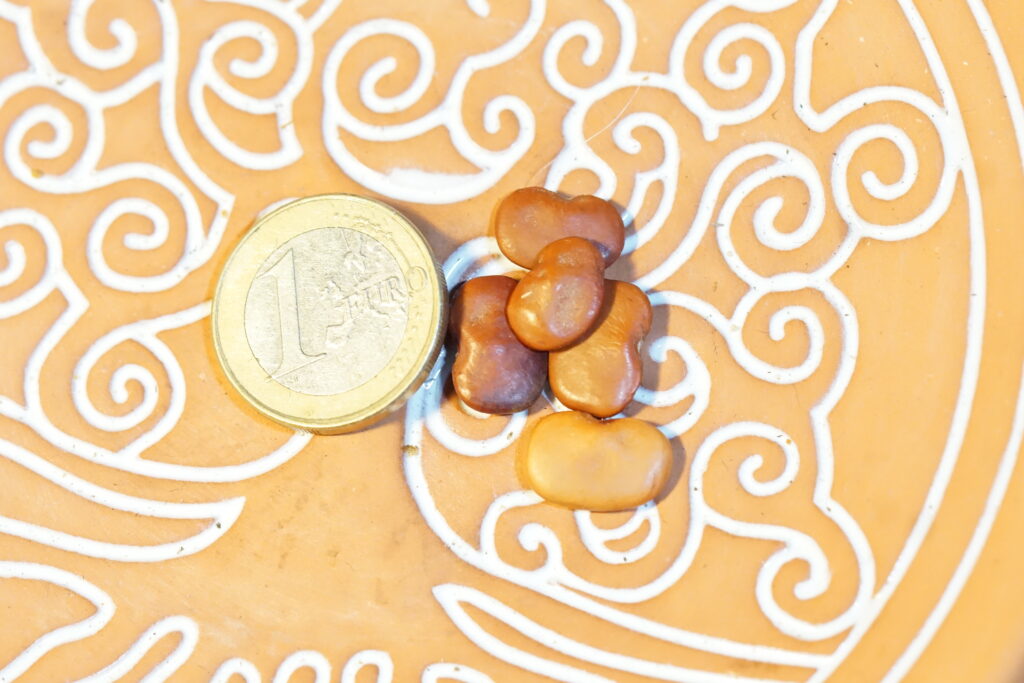
Indigopera jucunda (River indigo)
Indigofera jucunda is a shrub or small tree with a height of 2 to 4 m.
This species is found in South Africa.
Hardiness zone: 10
More info: https://pza.sanbi.org/indigofera-jucunda
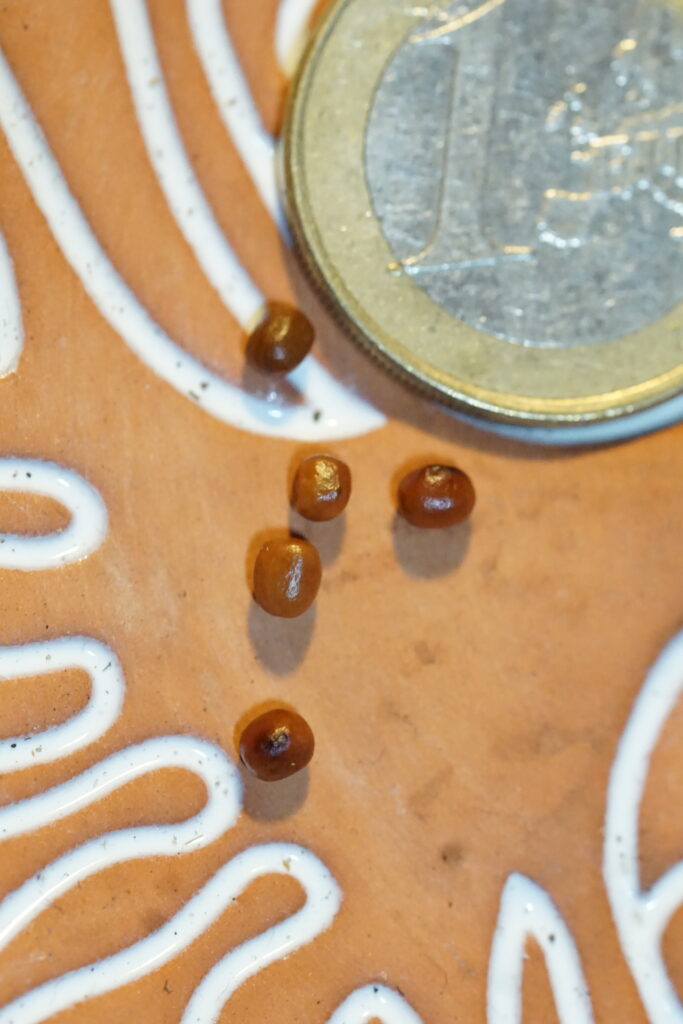

Olea woodiana subsp. woodiana (forest olive)
Olea woodiana subsp.
woodiana (forest olive) is mainly found in South Africa.
The tree grows to a height of around 8-10 meters.
Hardiness zone: 10
More info: https://powo.science.kew.org/taxon/urn:lsid:ipni.org:names:77169774-1
Store: https://quercus.guru/produkt/olea-woodiana-subsp-woodiana-wald-olive-5-samen/

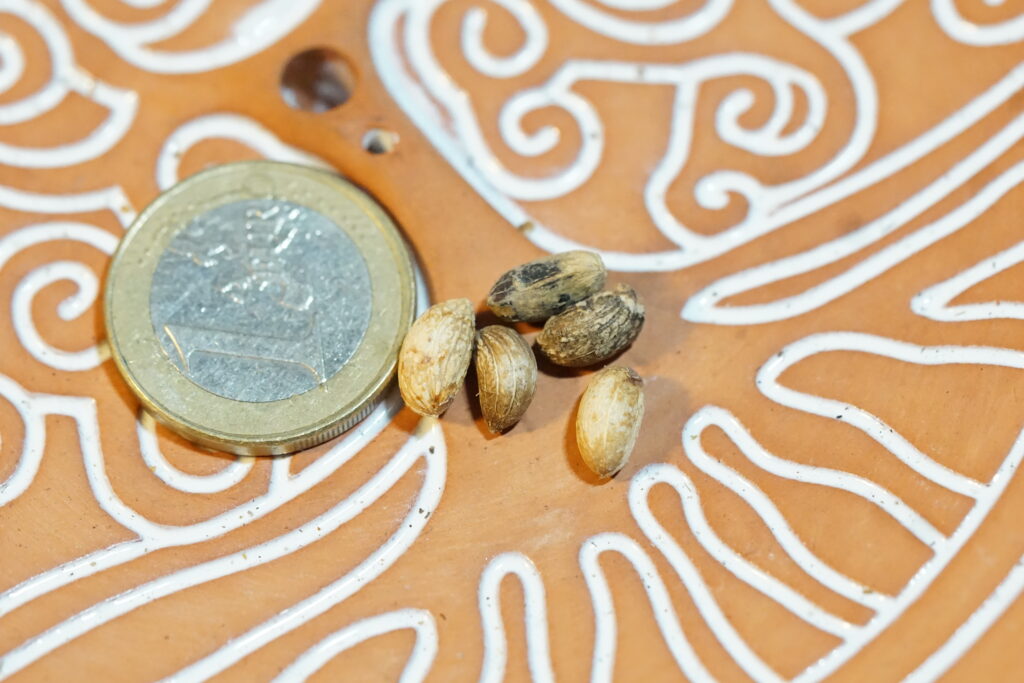
Diospyros ramulosa (Namaqua Fire-sticks)
Diospyros ramulosa (Namaqua Fire-sticks) is an evergreen, tall, woody shrub to small tree with dark green, leathery leaves and greenish-white, small flowers. Suitable for any good, very well-drained soil in a full sun location all year round. The shrub is found in South Africa. Winter hardiness zone: 10
More info: http://redlist.sanbi.org/species.php?species=3697-21
Store: https://quercus.guru/produkt/diospyros-ramulosa-namaqua-fire-sticks-5-samen/
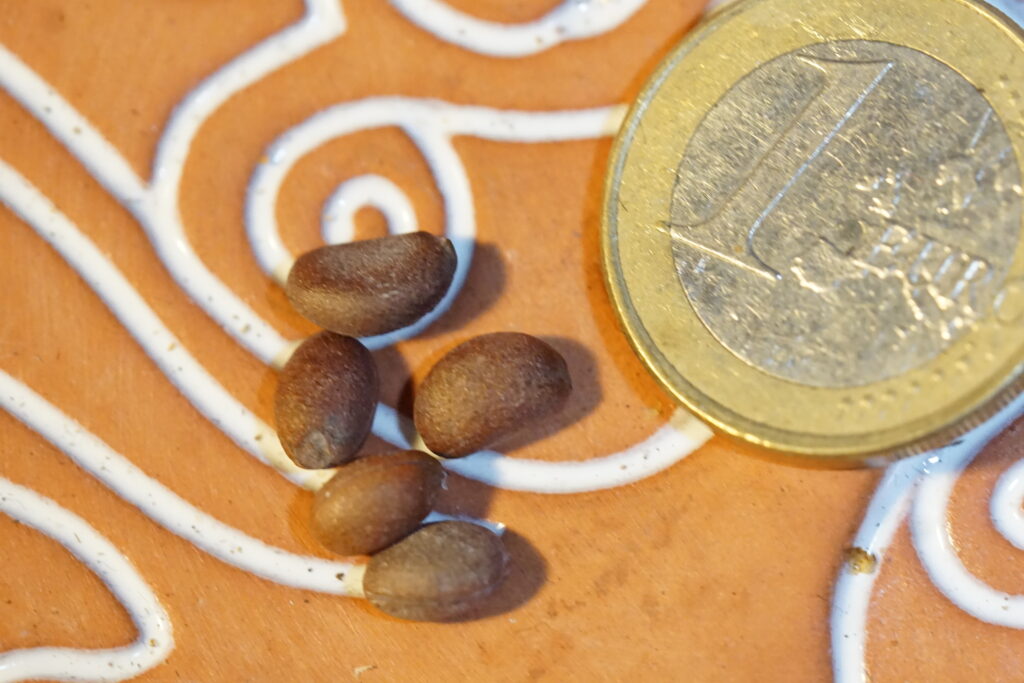
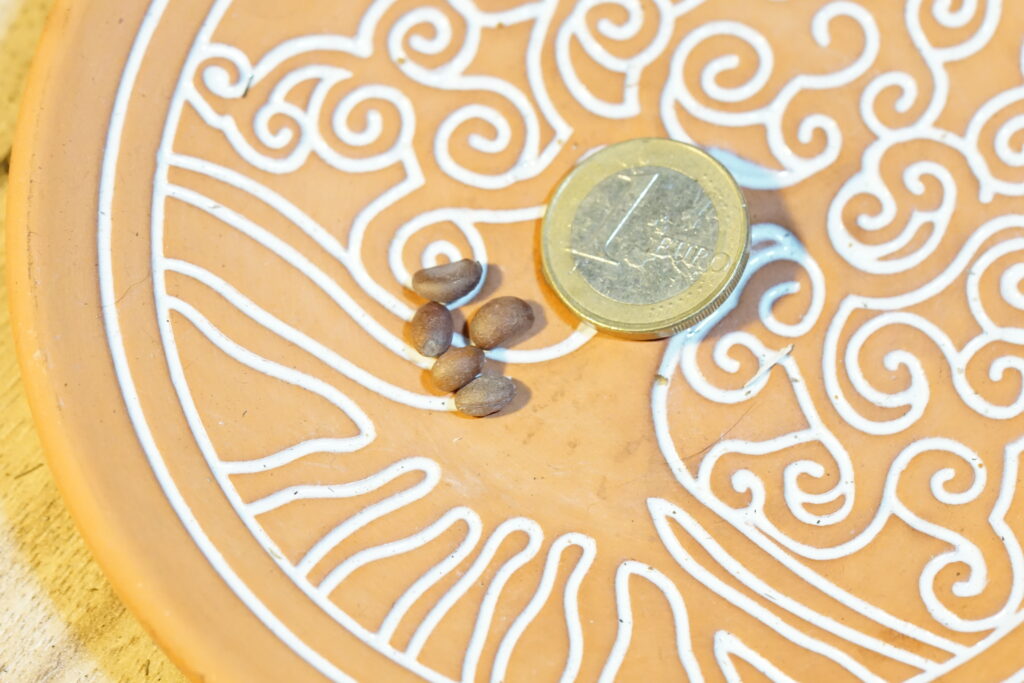
Diospyros lycioides subsp. lycioides (Bushveld Bluebush)
Diospyros lycioides subsp.
lycioides (Bushveld Bluebush) is a type of shrub or small tree (maximum height 6 meters).
It is found in Central Africa and South Africa in particular.
Hardiness zone: 10
More info: https://en.wikipedia.org/wiki/Diospyros_lycioides
Store: https://quercus.guru/produkt/diospyros-lycioides-subsp-lycioides/
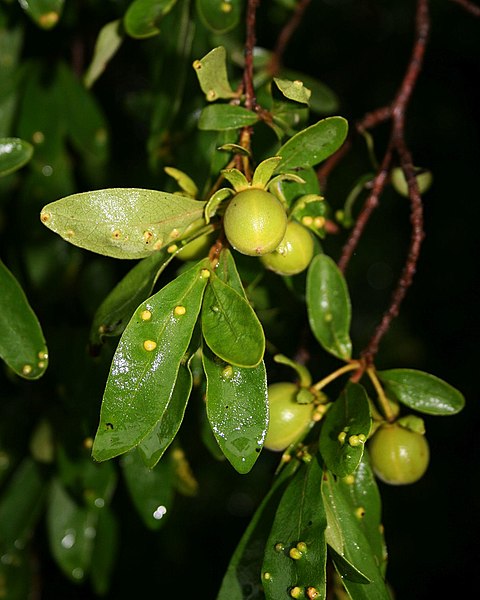

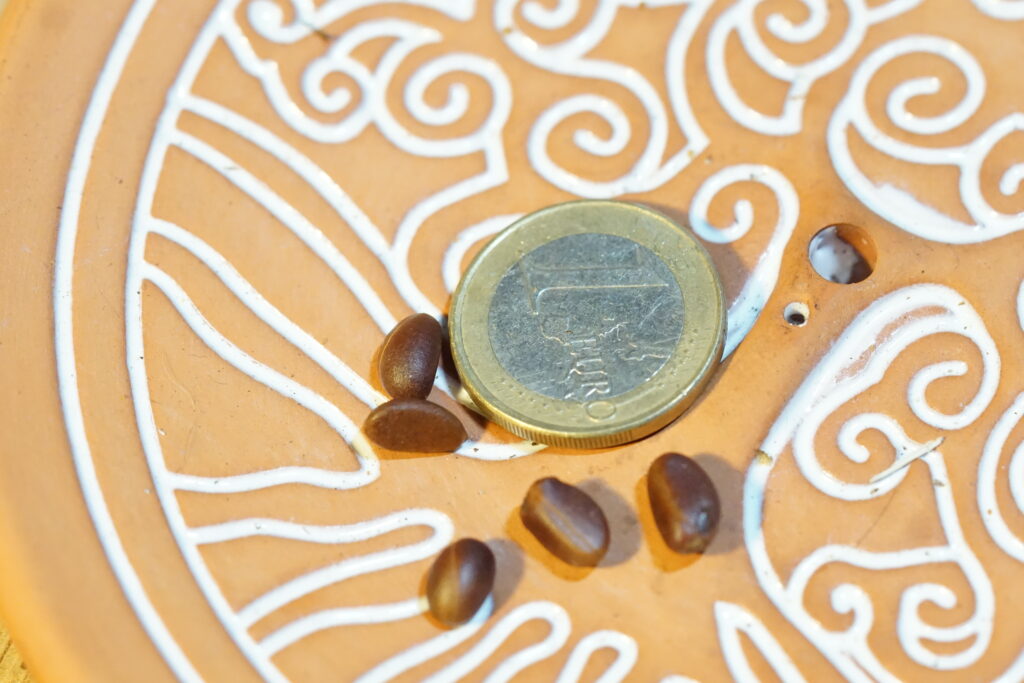
Xanthocercis zambesiaca (Nyala tree)
Xanthocercis zambesiaca (Nyala tree) is a species of legume from the Fabaceae family, native to the southern subtropics of Africa.
It is found in seasonally hot, low-lying river valleys in Botswana, Malawi, Mozambique, South Africa, Zambia and Zimbabwe.
The tree grows up to 30 meters high.
Hardiness zone: 10
More info: https://pza.sanbi.org/xanthocercis-zambesiaca
Store: https://quercus.guru/produkt/xanthocercis-zambesiaca/
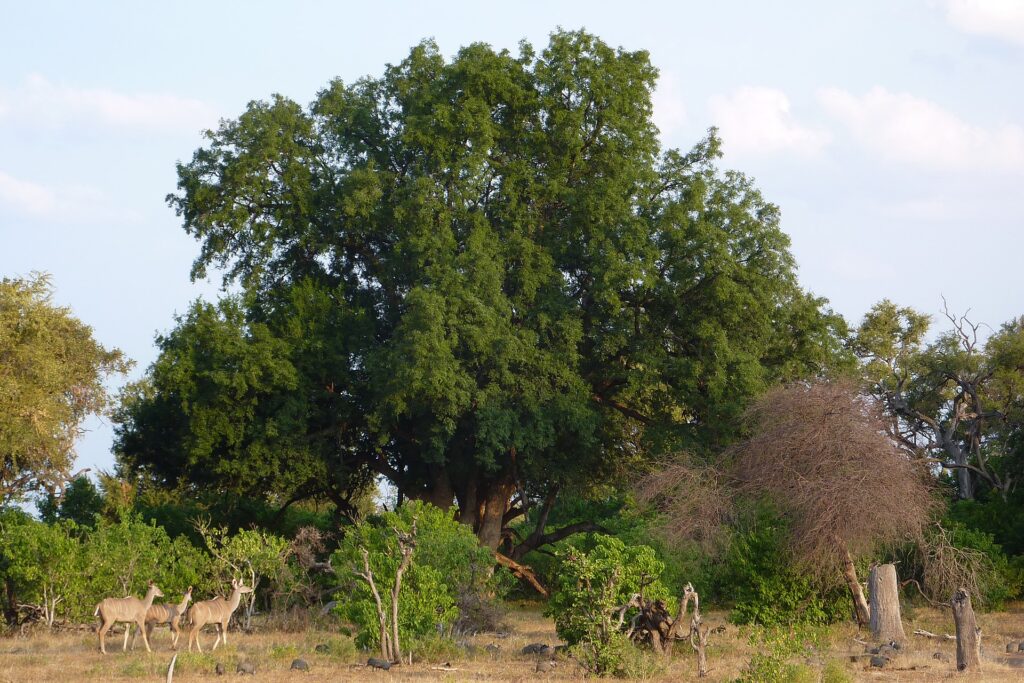
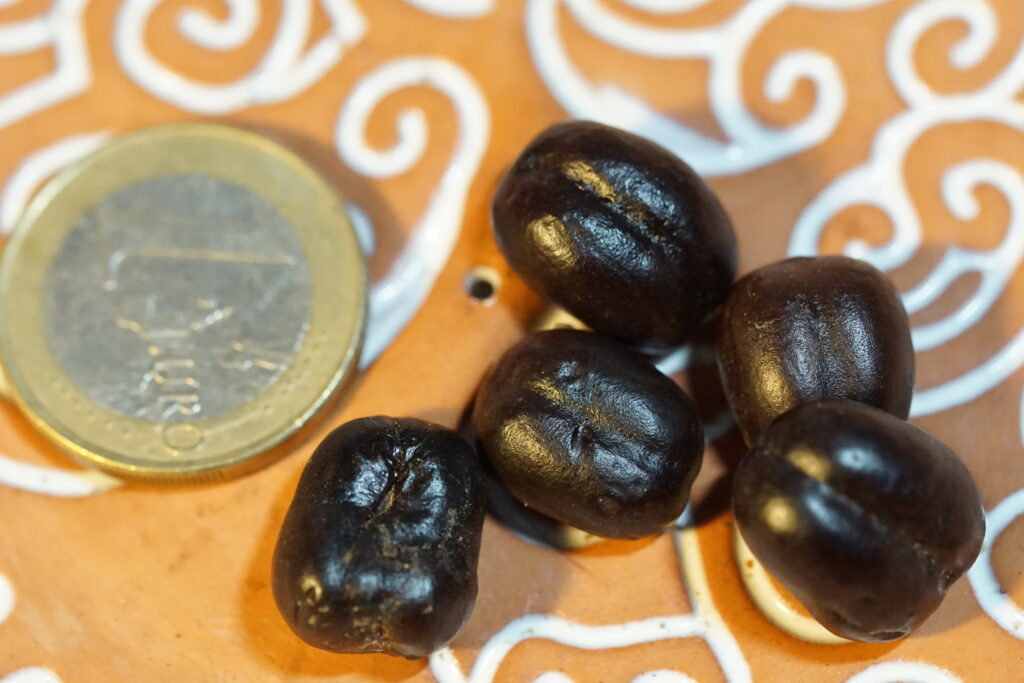
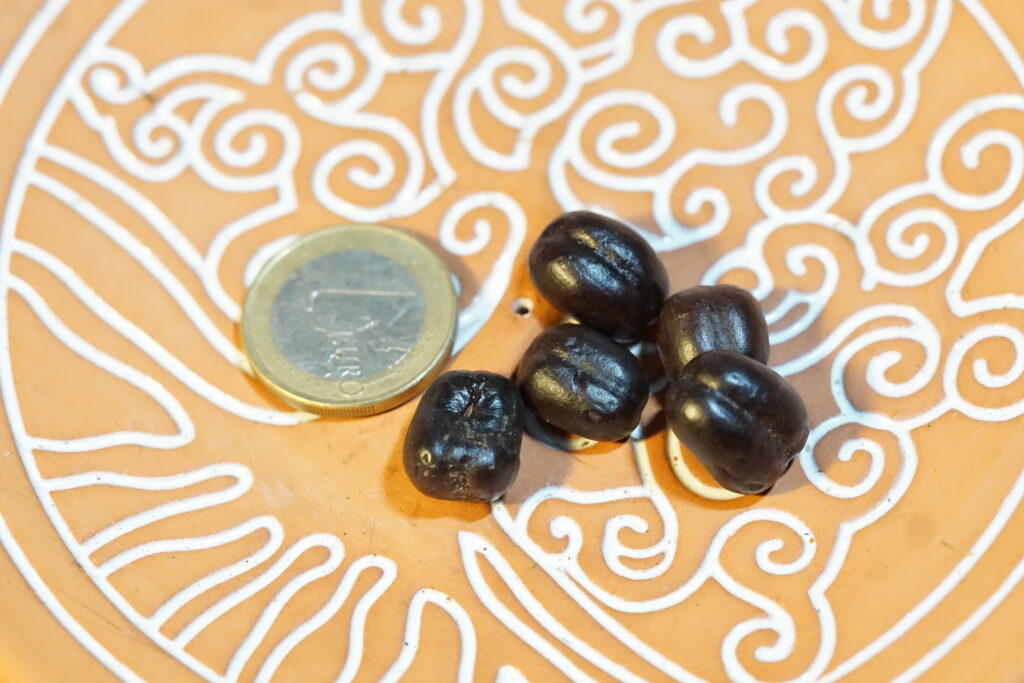
Gyrocarpus americanus subsp. africanus (helicopter tree)
Gyrocarpus americanus subsp.
africanus (helicopter tree) grows up to 15 meters high.
Gyrocarpus americanus subsp.
africanus occurs in hot, dry areas at low altitudes, on rocky ridges or stony slopes.
In South Africa, it occurs in the north of the Limpopo province; it is also found in Namibia and Zimbabwe and north to Tanzania, Kenya and Eritrea.
This tree is not fire-resistant and does not tolerate periodic waterlogging.
The fruits break off the tree when ripe and are scattered by the wind; the wings turn and carry them through the air like a helicopter, hence the common name.
Hardiness zone: Approx. 10
More info: https://pza.sanbi.org/gyrocarpus-americanus-subsp-africanus
Store: https://quercus.guru/produkt/gyrocarpus-americanus-subsp-africanus/
